Rejuvenate Your Look with an Endoscopic Facelift
Understanding the Endoscopic Facelift Procedure
The endoscopic facelift procedure represents a significant advancement in cosmetic surgery, offering a minimally invasive alternative to traditional facelifts. Central to this technique is the use of an endoscope, a thin, flexible tube equipped with a camera. This advanced instrument allows surgeons to gain a detailed view of the facial structures, enabling precise lifting and tightening of the skin and underlying tissues. Through small incisions, typically hidden within the hairline, the endoscope guides the surgeon in repositioning the facial muscles and tissues for a rejuvenated appearance.
One of the primary advantages of the endoscopic facelift over traditional methods is its minimally invasive nature. The small incisions result in significantly reduced bruising, swelling, and scarring, making the recovery process much smoother and quicker. Patients often appreciate the natural-looking results, as the technique allows for subtle adjustments that enhance the face’s overall harmony without altering its fundamental characteristics. This precision helps in achieving a refreshed and youthful look without the “pulled” appearance sometimes associated with traditional facelifts.
Another benefit of the endoscopic facelift is the shorter duration of the surgery. Typically, the procedure lasts between two to three hours, depending on the extent of the work required. It is generally performed under local anesthesia with sedation, although some cases may necessitate general anesthesia. The choice of anesthesia is determined based on the patient’s needs and the surgeon’s recommendation, ensuring the highest level of comfort and safety during the procedure.
In comparison to traditional facelifts, the endoscopic approach offers numerous benefits, particularly for those seeking a less invasive option with a quicker recovery time and more natural results. By understanding the specifics of the endoscopic facelift procedure, patients can make informed decisions about their cosmetic goals and the best approaches to achieve them.
Advantages and Recovery Process of an Endoscopic Facelift
Choosing an endoscopic facelift offers numerous advantages over traditional facelift methods, making it an increasingly popular option for those seeking effective facial rejuvenation. One of the key benefits is the minimal scarring associated with this procedure. Unlike traditional facelifts, which often require large incisions, an endoscopic facelift utilizes small, strategically placed incisions. This results in significantly less noticeable scars, contributing to a more aesthetically pleasing outcome.
Another noteworthy advantage is the shorter recovery time. Due to the less invasive nature of the endoscopic technique, patients typically experience reduced bruising and swelling. Most individuals can expect the majority of bruising and swelling to subside within two weeks, although some residual swelling may persist for a few additional weeks. Patients often find they can return to their normal activities more quickly compared to traditional facelifts, which generally involve a more prolonged recovery period.
Post-operative care is essential for optimal recovery and results. Patients are usually advised to keep their head elevated and avoid strenuous activities for the first few days following the procedure. Cold compresses may be used to minimize swelling, and prescribed medications can help manage any discomfort. Follow-up appointments with the surgeon are crucial to monitor the healing process and address any concerns promptly.
In terms of long-term results, an endoscopic facelift offers outcomes that are comparable to, if not better than, those achieved through conventional facelift techniques. The less invasive approach yields natural-looking results that can last for several years, depending on individual factors such as skin quality and lifestyle choices.
While the risks and complications associated with an endoscopic facelift are minimal, they do exist. Potential risks include infection, bleeding, and temporary nerve injury. However, these complications are rare and can often be effectively managed with proper medical care and adherence to post-operative instructions.
Overall, the endoscopic facelift presents a compelling option for individuals seeking a rejuvenated look with minimal downtime and long-lasting results.
